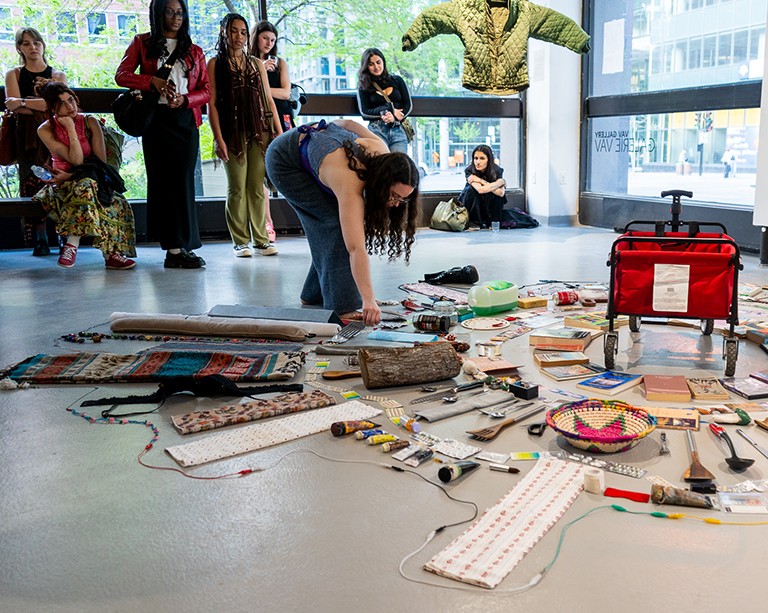Concordia launches an open data platform

Joining numerous other institutions and governments across the globe, Concordia is launching an open data platform, which will make the university’s collected data inventory available to the public.
“Over the years, Concordia has collected large amounts of data on a variety of topics from numerous sectors across the university,” says Paul Fournier, digital strategist for the Office of the Vice-Provost, Digital Strategy and University Librarian.
From the number of students who walk into the Webster Library on a daily basis to the number of student applications received by each faculty, Concordia regularly collects large amounts of data that remain archived and mostly unused.
About open data
The concept of open data is not new. It can be traced back to the 1950s, when the World Data Center was developed by the International Council for Science to archive and distribute data collected during the International Geophysical Year — a project involving scientific interchange between 67 countries during the Cold War.
Today, open data references data collected by institutions, organizations and governments that are made freely and publicly available for anyone to use and redistribute as they wish, without restrictions from copyright, patents or other restraints.
When asked what Concordia will be sharing, Fournier explains that while the initial offering is small, the intention is for the platform to grow with time.
Barring any confidentiality restrictions, institutional data will continue to be added to the open data platform in future. Those who wish to contribute their own are welcome to submit to the catalogue via the open data teamat help@concordia.ca. The cross-sector group includes individuals from the Concordia Library, IT Services and Enrolment Services.
The information contained within the catalogue consists of several different data set categories: historical data, real-time data and general data sets. Each data set is provided with a timestamp so users can easily identify when the data was uploaded.
From open data to collaborative learning
“Over the years we’ve received requests from students, faculty and staff alike for raw data on a variety of topics, which can be used in research or even the creation of different apps and services,” Fournier says.
The Concordia Library team noticed that many people seemed interested in open data, and this presented an opportunity. So they began spearheading the creation of an open data application programming interface (API) as part of the Webster Library Transformation Project technology program.
“The opportunity was not only in providing the community with a simple platform to access desired information in a convenient way, but in creating an active and collaborative learning environment,” Fournier says.
As a result, the project was expanded to encompass the entire university. The collected data would go back to the research and innovation community, who would then have the freedom to create and use it as they wish.
“We want this platform to encourage ideas and creativity, but also provide a forum for sharing information and gathering knowledge,” he says. “We want to create an open data community.”
Check out Concordia’s open data platform, register to use the API and get a free developer key.


